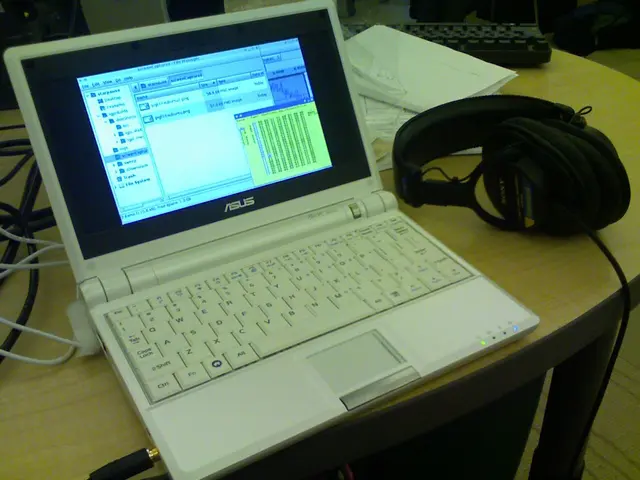Reassessment of Duration in Stock Trading by Swing Traders amid a Rising Interest Rate Scenario
In the current economic climate, swing trading strategies have undergone significant changes to account for the impact of high-interest rates and increased macroeconomic volatility.
Traders, particularly retail and semi-professional swing traders, have been adjusting their strategies to navigate the challenging landscape. The new environment has led to shorter holding periods, with traders opting for more tactical trades that last fewer days. This shift is designed to better manage heightened macroeconomic and rate risks.
Moreover, traders are rotating into lower-beta sectors or those less sensitive to rising rates. They are using a combination of technical and fundamental analysis to confirm trade signals, rather than relying solely on price momentum. This cautious approach is a stark contrast to the past, when longer, routine multi-day holds were common.
Interest rate changes have become a primary factor influencing trade size, timing, and sector selection for swing traders. Traders are now monitoring macroeconomic events more closely to avoid adverse moves during periods of uncertainty. The trading landscape no longer treats rate policy as background noise but as a direct influence on market volatility and sector rotation patterns that impact momentum-based strategies.
The tightening monetary policies and higher rates have also affected futures markets, causing volatility that impacts trend-following traders and those using stock index futures for hedging. Retail traders, in particular, utilize futures to protect portfolios during uncertain rate environments, adapting their positions based on central bank cues and inflation data to align with or hedge against the prevailing interest rate outlook.
A new trading style called "swing-scalping" has emerged, where swing setups are executed with a day trader mindset. This approach allows traders to capitalise on short-term opportunities while mitigating overnight risk.
The psychological impact of macro volatility on trade commitment is causing experienced swing traders to enter trades with hesitation and exit earlier than before. Traders are also lowering position sizes, widening stop levels, or skipping trades entirely during crowded macro weeks.
Defensive names in sectors like consumer staples are holding longer but moving slower. Traders are focusing more on sectors with clearer rate exposure, such as energy, finance, and consumer staples. Some traders are using hybrid tactics, blending intraday entries with swing targets to avoid holding risk overnight.
In summary, swing trading strategies have evolved under sustained high rates by reducing exposure duration, increasing vigilance around macroeconomic events, rotating into more rate-resilient sectors, and employing diverse technical-fundamental filters. These changes are particularly prevalent among retail and semi-pro traders who must balance conviction with risk management amid greater market sensitivity to interest rates. Previously reliable breakout patterns in tech stocks may now show lower follow-through, and many swing strategies may need to be revalidated under the current macro regime.
Finance and investing have become more intertwined with technology in response to the challenging trading environment due to high-interest rates and volatile macroeconomic conditions. Traders now closely monitor macroeconomic events and use hybrid tactics, blending intraday entries with swing targets to mitigate overnight risk and navigate the land of increased market sensitivity to interest rates. On the other hand, the sports industry has not been immune to the impact of trading trends, as fans and investors are increasingly leveraging technology to analyse team performance and make informed investing decisions.




